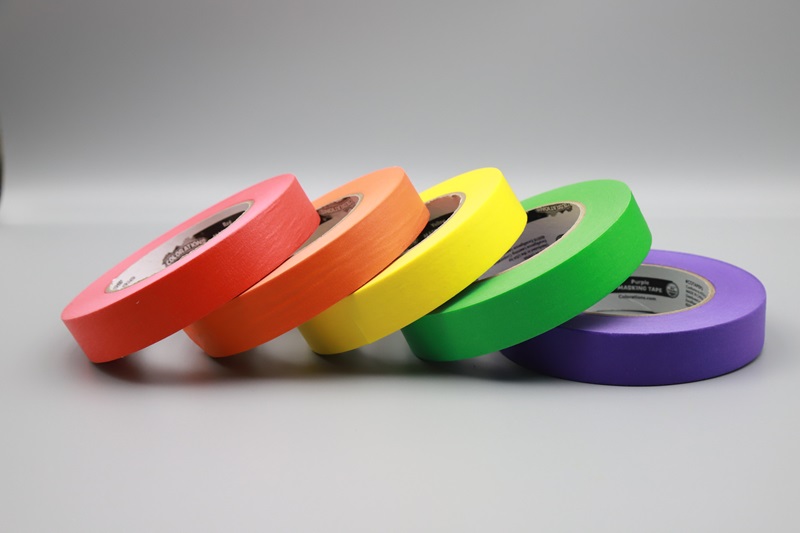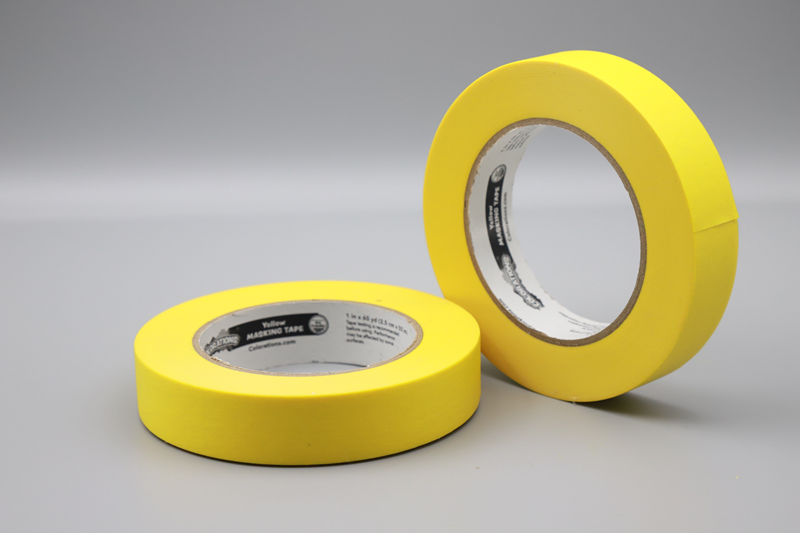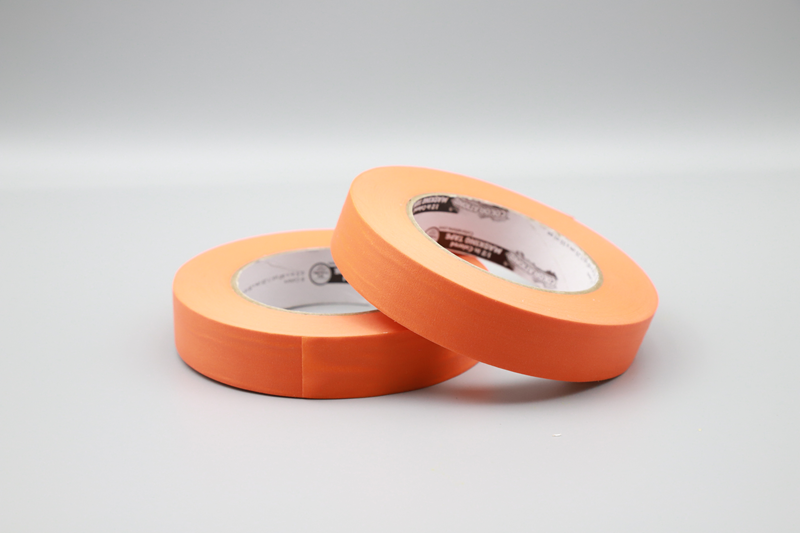Masking tape is an essential tool in various industries, from painting and construction to crafting and automotive work. Its versatility and ease of use make it a favorite among professionals and DIY enthusiasts alike. Produced in specialized facilities known as masking tape factories, this adhesive tape comes in several varieties, each designed for specific applications. In this article, we will explore the three primary types of masking tape, their unique characteristics, and the roles they play in different projects.
1. General-Purpose Masking Tape
General-purpose masking tape is the most commonly used type of masking tape. It is designed for a wide range of applications, making it a staple in every masking tape factory. This type of tape is typically made from a thin, easy-to-tear paper backing coated with a pressure-sensitive adhesive.
Characteristics:
Adhesive Strength: General-purpose masking tape has a moderate adhesive strength, allowing it to stick well to various surfaces without leaving a residue upon removal.
Temperature Resistance: It can withstand moderate temperatures, making it suitable for indoor painting and light-duty tasks.
Ease of Use: The tape is easy to tear by hand, which is a significant advantage for quick applications.
Applications:
General-purpose masking tape is ideal for tasks such as painting walls, marking surfaces, and bundling items. It is also commonly used in arts and crafts projects, where clean lines and easy removal are essential.

2. Painter’s Masking Tape
Painter’s masking tape is specifically designed for use in painting applications. It is manufactured in masking tape factories with a focus on providing clean paint lines and preventing bleed-through. This type of tape is often made with a special backing that allows for easy removal without damaging the underlying surface.
Characteristics:
Sharp Edges: Painter’s masking tape is engineered to create sharp paint lines, making it perfect for projects that require precision.
Low Adhesive Residue: This tape is designed to be removed cleanly, leaving little to no adhesive residue behind, which is crucial for maintaining the integrity of the painted surface.
Higher Temperature Resistance: Painter’s masking tape can withstand higher temperatures, making it suitable for use with heat guns and in environments where paint may be exposed to heat.

Applications:
Painter’s masking tape is primarily used in painting projects, whether for interior walls, furniture, or exterior surfaces. It is also popular among professional painters and DIYers who want to achieve a flawless finish without the hassle of touch-ups.
3. Specialty Masking Tape
Specialty masking tape encompasses a variety of tapes designed for specific applications beyond general painting and crafting. These tapes are often produced in specialized masking tape factories that focus on unique formulations and features.
Characteristics:

Variety of Materials: Specialty masking tapes can be made from different materials, including vinyl, plastic, and even fabric, depending on their intended use.
Enhanced Adhesive Properties: Many specialty tapes have enhanced adhesive properties to ensure they stick securely to challenging surfaces, such as textured walls or metal.
Specific Features: Some specialty masking tapes are designed to be UV resistant, waterproof, or even heat resistant, catering to specific project needs.
Applications:
Specialty masking tapes are used in a wide range of applications, including automotive painting, industrial masking, and even electrical work. For instance, automotive masking tape is designed to withstand the rigors of automotive paint jobs, while UV-resistant tapes are ideal for outdoor projects exposed to sunlight.
Conclusion
Masking tape is a versatile tool that plays a crucial role in various industries and applications. Understanding the three primary types of masking tape—general-purpose, painter’s, and specialty—can help you choose the right tape for your specific project needs. Each type of tape is manufactured in specialized masking tape factories, ensuring that they meet the demands of their intended applications.
Whether you are a professional painter looking for the perfect tape to achieve clean lines or a DIY enthusiast tackling a home improvement project, selecting the right masking tape can make all the difference. With the right tape in hand, you can ensure that your projects are completed with precision and ease, allowing you to focus on the creative aspects of your work without worrying about messy edges or adhesive residue.
Post time: Jan-22-2025




